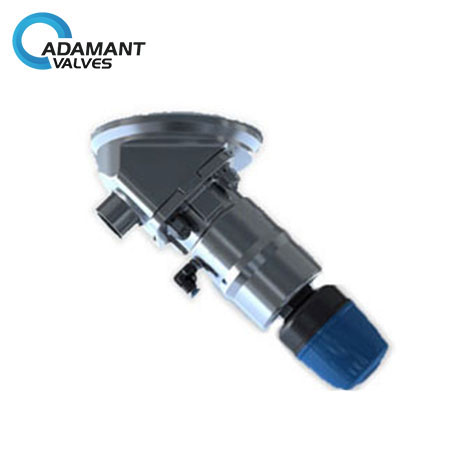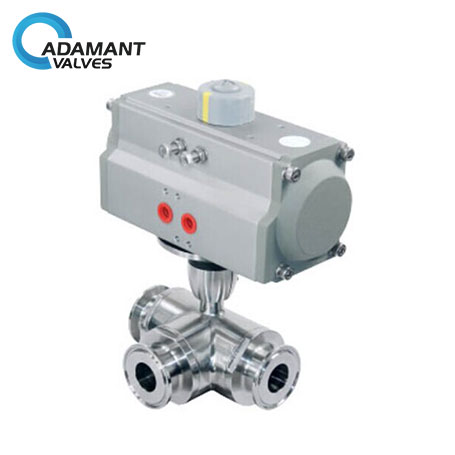Sanitary Ball Valve Maintenance

1. Before maintenance, relieve the pressure on the pipeline and fully open the valve, disconnect the power supply or air supply, and disengage the actuator from the bracket.
2. Make sure that the pressure on the upstream and downstream of the sanitary ball valve is removed before starting the operation.
3. Find out the steps and processes when decomposing and reassembling.
4. Cleaner should be compatible with ball valve rubber parts, plastic parts, metal parts and the media. When the medium is gas, gasoline can be used to clean the metal parts. Cleaning non-metallic parts should be purified with pure water or alcohol.
5. Disassembled parts can be cleaned with immersion, and undecomposed parts can be cleaned with a clean silk dipped detergent. After cleaning all the grease, dirt, glue, dust and so on adhered to the wall must be removed.
6. Non-metallic parts should not be soaked in detergent for a long time to avoid swelling and corrosion.
7. After cleaning, new silk cloth can be used to dry. Once the wall surface cleaning agent evaporates completely, then assemble. At this point, be careful not to shelve for a long time, otherwise it will cause rust and dust pollution problems.
8. After all parts are cleaned and dried, lubricate the metal materials, rubber parts and plastic parts with grease. When the medium is gas, for example, special-221 grease can be used. Apply a thin layer of grease over the seal mounting groove surface, the rubber seal, the valve stem sealing surface, and the friction surface.
9. When assembly, the environment must not contain metal shavings, fibers, dust and other impurities, foreign matter or contamination into the parts remaining in the lumen.
10. Check whether all the components match the installation finished after assembly. If there were no problems, assemble with the pipe finally.





